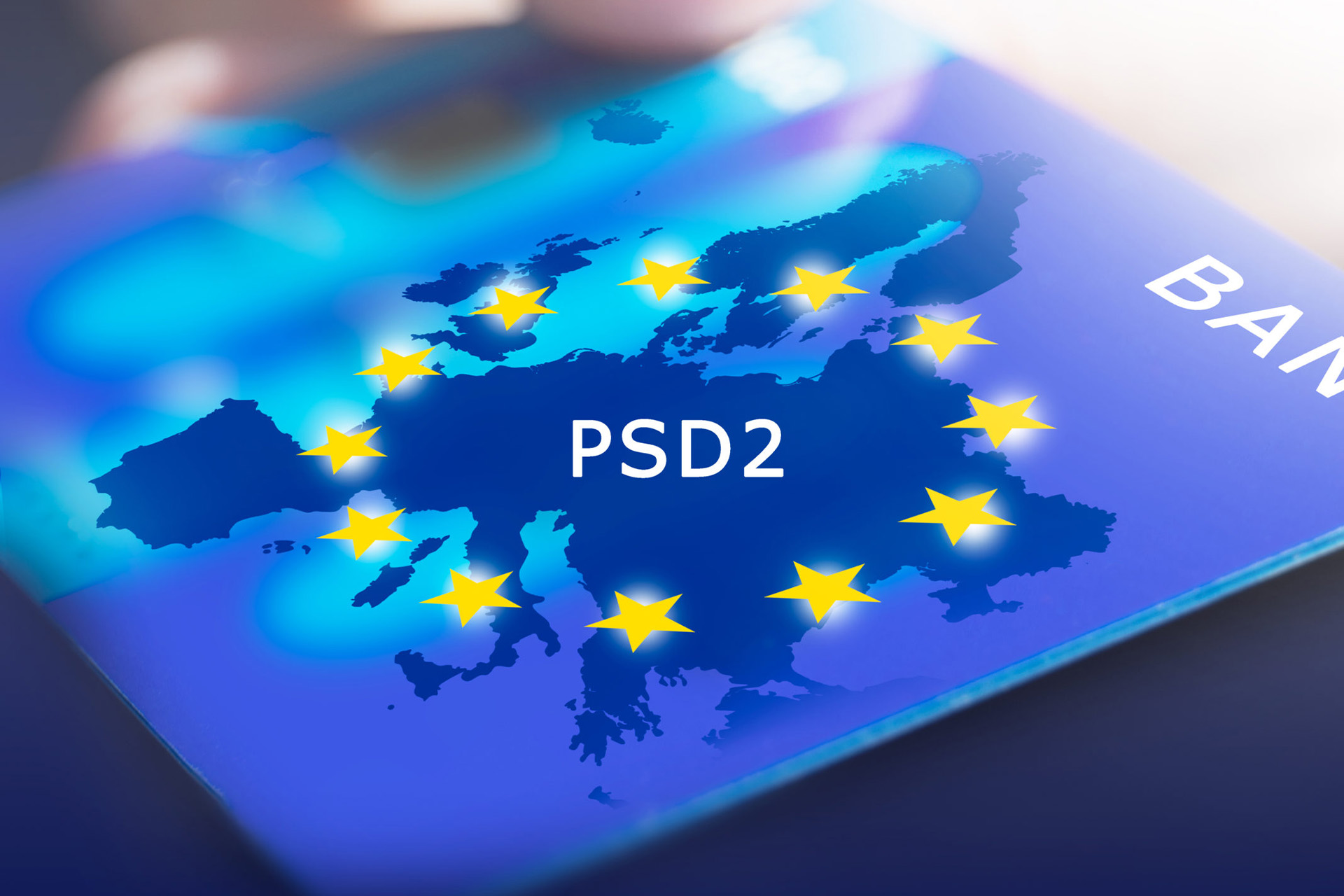
how has PSD2 changed the way insurance companies operate?
Insurance companies have been one of the main beneficiaries of the European Union’s Revised Payment Services Directive (PSD2) which took effect in 2018. Many insurance providers have been able to capitalize on unprecedented access to payment information, which has allowed them to offer customers a range of new products and services while collecting valuable insights in the process. Is your organisation interested in seizing the opportunities offered by PSD2?
What is PSD2?
PSD2 was designed to open the financial services market by giving licensed external parties the opportunity to gain access to payment and account information that was previously exclusive to banks and account-holding institutions. The directive set out a list of updated technical requirements for all parties involved with the aim of creating a more competitive market while strengthening consumer protection. You can read more about the background of PSD2 in our dedicated blog post.
How does PSD2 benefit insurance companies?
The most interesting aspect of PSD2 for insurance companies has been the opportunity to gain access to customers’ account and payments information. If managed correctly, this information can be mined for a variety of purposes and add true value to your business:
- Cross-sell/upsell
- Insurance-as-a-service
- Insight into micro-journeys due to customer life events
- Fraud detection
- Improved risk/pricing models
PSD2 gives insurance companies the opportunity to obtain a Third-Party Provider (TPP) license, which allows you to take direct control of the financial aspect of your relationship with your customer. Once your customer has given consent, you have access to their payment information in real-time. You can then analyse this information and use it to offer personalised products and services. As you can imagine, many insurance companies have leveraged the data insights afforded to them under PSD2 to offer creative customer-focused services.
For example: your analytics show that your customer has just bought a new computer worth over €2,000. Based on this purchase, you can instantly offer insurance for the computer. If your customer has started buying accessories for a new pet, you may want to inform them of their options for upgraded liability coverage.
On a larger scale, transaction data gives you insight into hidden (purchasing) patterns across customer groups. This allows you to fine-tune your general product offering to align even more closely with customer needs.
Customised service 2.0
Another important benefit of PSD2 is the opportunity to improve the customer experience. Now, you can offer your customers personalised, highly relevant offers and information. And instead of having to deal with their bank separately when it’s time to pay, consumers can pay for your services without ever leaving your website or app.
As smart homes and technology become more widespread in the near future, you could even combine payments-based insights with your proprietary information to offer value-added services through the internet of things. Say your customer is making payments abroad, and you have reports of increased burglary activity in their home area. You can offer to help them manage their home security by programming their lights to an automatic sequence to deter burglars. Services like this are relatively easy to implement and can add real value to your customer relationship.
Security implementation
Given the extremely sensitive nature of transaction information and payment initiation services, PSD2 also imposes a number of stringent security requirements for banks and TPPs. It focuses on two main areas:
- Strong customer authentication
- Secure communications
A high-quality Customer Identity and Access Management (CIAM) solution can help you implement these security requirements, gather valuable insights and provide a seamless customer experience. Among other things, this helps you implement:
- Strong authentication (multi-factor or continuous)
- Fine-grained access control
- User consent
- KYC and Identity Proofing
How can OneWelcome help?
Our top-notch, PSD2-compliant CIAM platform sets you up with the right infrastructure to operate as a TPP. But the OneWelcome Cloud Identity Platform doesn’t stop there: It also helps you streamline your internal processes, connect with insurance agents and brokers, and bring customers online using a frictionless omni-channel customer experience. On top of that, it is GDPR-compliant and offers a wide range of integrations with existing and up-and-coming applications, so you won’t have to abandon your current systems.
Discover your opportunities
Want to take advantage of the opportunities offered by PSD2? We’re always happy to discuss your options and explore how you can benefit. Get in touch today to find out more.



